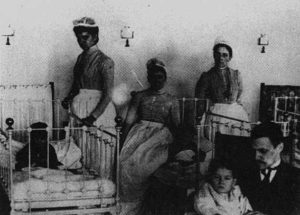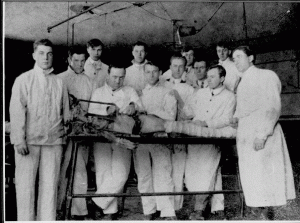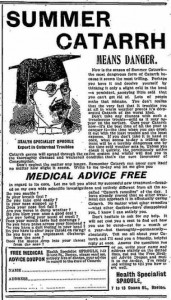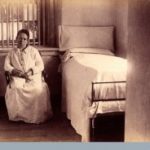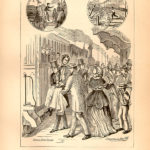Though there was still little that doctors could do to cure insanity or even alleviate its symptoms, there were advances in the medical field. A vaccine for typhoid fever came out in 1896, and was followed by a vaccine for plague in 1897. Karl Landsteiner explored the issue of blood compatibility and created a system of blood typing in 1901.
This understanding of compatibility and typing eventually allowed the first successful human blood transfusion in 1907, a procedure which went on to save countless lives. Prior to that, in 1906, Sir Frederick Gowland Hopkins made a case for the existence of vitamins and determined that they were necessary to good health.
Like psychiatric care, though, medical care was still rather hit or miss for most families. Medical schools were often owned by physicians who accepted (and graduated) almost any student able to pay the schools’ fees.
Country doctors had little access to equipment and laboratories, and hospitals were generally considered places to die in, rather than places to find healing. Health insurance was almost non-existent, and most families “doctored” themselves with home remedies or patent medicines.
Still, doctors were becoming more professional and better educated, and many states required licenses to practice. Reforms in medical education began to take root, leading the U.S. into an era of research and discovery on a par with their European peers.
